In addition to the front left, front right, front center, surround right, and surround left speakers, a 5.1 surround sound system also contains a subwoofer. Except for the addition of the second set of rear surround speakers, a 7.1 surround sound system is identical to a 5.1 system.
Which is better, then? Unfortunately, the short response is "it depends." Several distinct factors determine whether a 5.1 or 7.1 system is suitable for you. Some will rely on the room you're setting up in, and some may depend on personal preference.
This article will show you how to choose the right surround sound system in three aspects.
- 5.1 or 7.1 Surround Sound: What’s the difference?
- 5.1 Surround Sound Advantages and Disadvantages
- 7.1 Surround Sound Advantages and Disadvantages
- What Works in Your Room?
- Which is Better for an A/V Receiver: 5.1 or 7.1?
- Conclusion
5.1 or 7.1 Surround Sound: What’s the difference?
Simply put, there are two additional speakers in a 7.1 surround sound system as opposed to a 5.1 system. One subwoofer and five speakers make up a 5.1 system, whereas seven speakers and one subwoofer make up a 7.1 system. In bigger living rooms, using surround-back speakers may be an excellent choice. However, there might not be enough room for this layout in some interiors.
This can make for an amazing listening experience in the appropriate environment. A 7.1 system may sound muddy if it is set up incorrectly or in the wrong space. However, upgrading to a 7.1 system typically results in audible audio quality increases in spaces bigger than 30 square meters.
5.1 Surround Sound Advantages and Disadvantages
There are a number of benefits and drawbacks to a 5.1 sound system. Despite being smaller than a 7.1 system, a 5.1 system can be better appropriate for your specific home theater.
On a fundamental level, 5.1 systems are more prevalent than 7.1 systems, making it simpler to discover troubleshooting guides online. 5.1 systems, often known as a home theater in a box system, frequently come as packages that can be set up directly out of the box in addition to having a larger online community. A 5.1 system will have two fewer wires to conceal if you choose to connect your system through wires. A 5.1 sound system is enough for most rooms.
However, a 5.1 sound system might not be adequate for larger venues. The surround sound may not be as immersive if there is a large area behind your listening location as it would be in a smaller setting. Although it's uncommon, certain media is already set up to deliver 7.1 sound, which a 5.1 system would not be able to do.
7.1 Surround Sound Advantages and Disadvantages
Additionally, there are benefits and drawbacks to a 7.1 sound system. Despite the two additional surround speakers' increased power, a 7.1 system could not improve your listening experience.
Larger rooms where sound may be lost in the room are a fantastic fit for a 7.1 system. It gives listeners a richer surround sound experience. Media of the highest quality intended for a 7.1 system will sound more clear than it would on a 5.1 system.
A 7.1 system, however, has a number of drawbacks. The additional surround speakers may cause the surround sound channels to outweigh the front channels in smaller areas. The dialogue and front-side sound effects will be challenging to hear as a result.
A few 7.1 systems also come as a whole kit, thus you will need to purchase the individual parts. Because your system's components will be specific to your setup, it is challenging to find an online community to assist with system troubleshooting.
For bigger spaces, a 7.1 sound system makes sense because it will give your sound more depth. In addition, they cost more and take longer to set up and troubleshoot. The decision between a 5.1 and 7.1 sound system will ultimately depend on your specific circumstances.
What Works in Your Room?
Your room's suitability for a 5.1 or 7.1 sound system will depend on a number of things. It's not true that any area will be able to accommodate a 7.1 system's massive, theater-quality sound. The three main aspects of a room that make up its composition will decide the type of sound system that is appropriate for it.
Room Size: More speakers are used in larger spaces to fill them. Numerous speakers can produce a muddy mix of sounds that seem louder than they actually are in smaller spaces. Generally speaking, you shouldn't consider 7.1 systems if your room is smaller than 350 square feet.
Furniture: Because they reflect sound, hard surfaces like tables, desks, cupboards, and wood or tile floors may negate the benefit of adding additional speakers. Soft furnishings like couches, bookcases, and carpeting will help avoid sound reflection, keeping the noises in the appropriate areas of the room.
Listening Position: The main difference between the 5.1 and 7.1 systems is that the latter surrounds the listener with speakers, providing a true surround sound experience. It doesn't make much sense to install speakers back there if there isn't much room behind the listening area.
Which is Better for an A/V Receiver: 5.1 or 7.1?
You must take into account a number of criteria while choosing the ideal surround sound system for an A/V receiver. Remember that a surround system's available channels will all be supported by an A/V receiver. However, it will be preferable to choose a receiver that has all of the 7.1 system's outputs.
You should be aware that a 7.1 receiver may be utilized with a 5.1 surround system with ease. Additionally, some AV receivers can detect whether a 5.1 or 7.1 system is attached. The fact that a 5.1 sound system is quite inexpensive is one of its benefits.
Conclusion
In general, 5.1 systems are recommended for small to medium-sized rooms. You can choose a 5.1 system even if you have a huge room and a tight budget. Although we advise going with a 7.1 system for greater sound if you have enough money and the space is larger than 30 square meters. Without it, the 5.1 system's ability to produce clear sound will be gone. With more soundtracks and films being produced for the 7.1 surround system, the 7.1 system is a thing of the past.

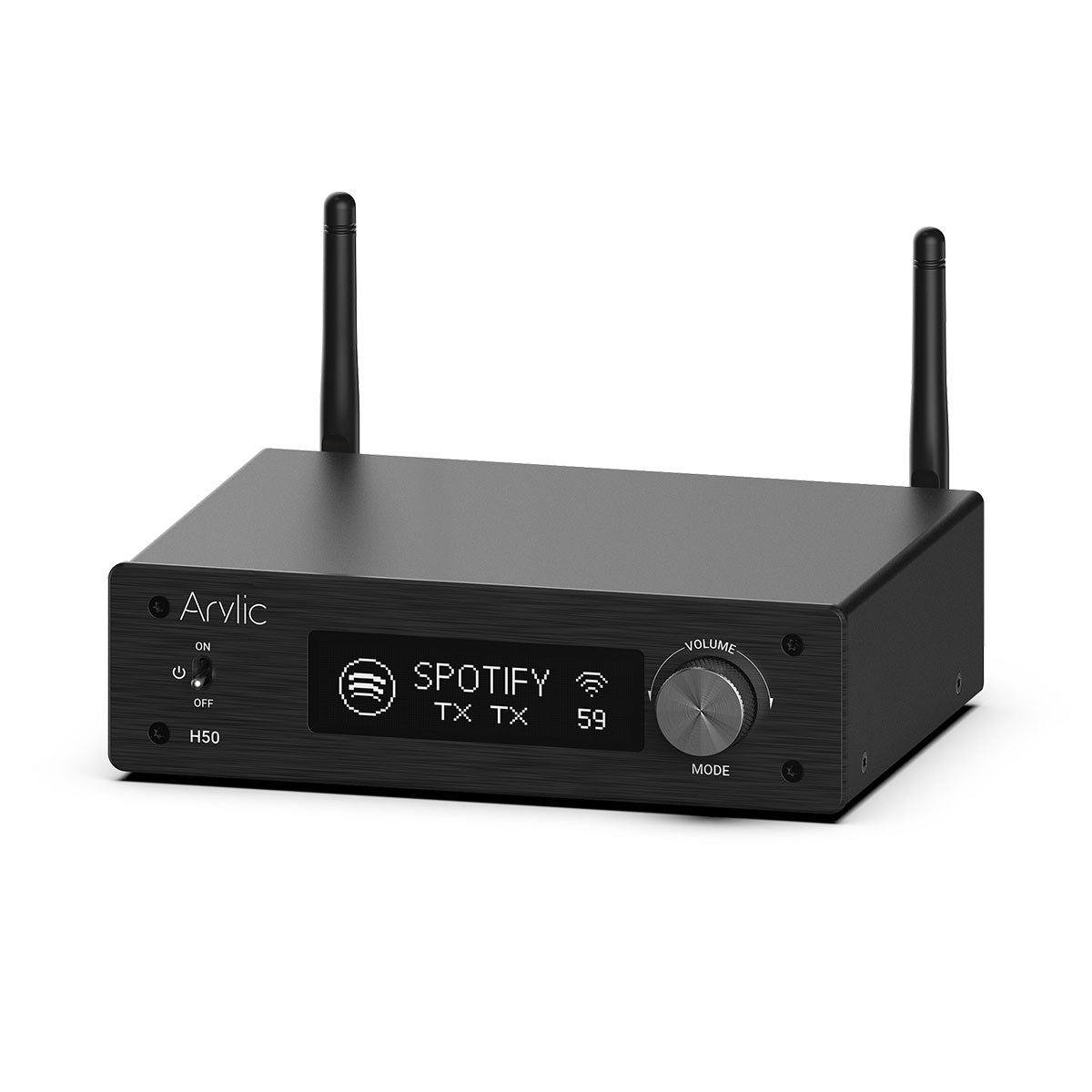

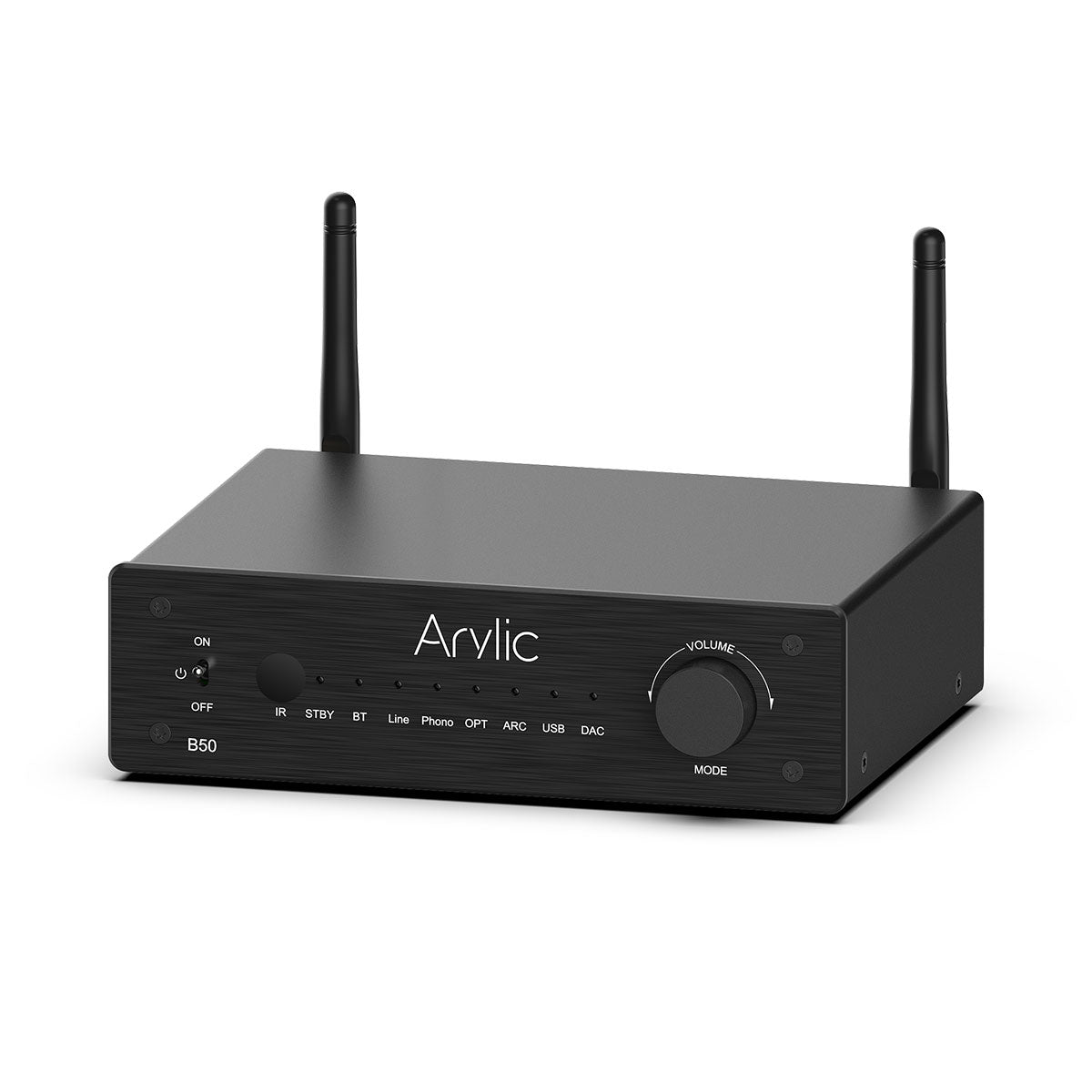
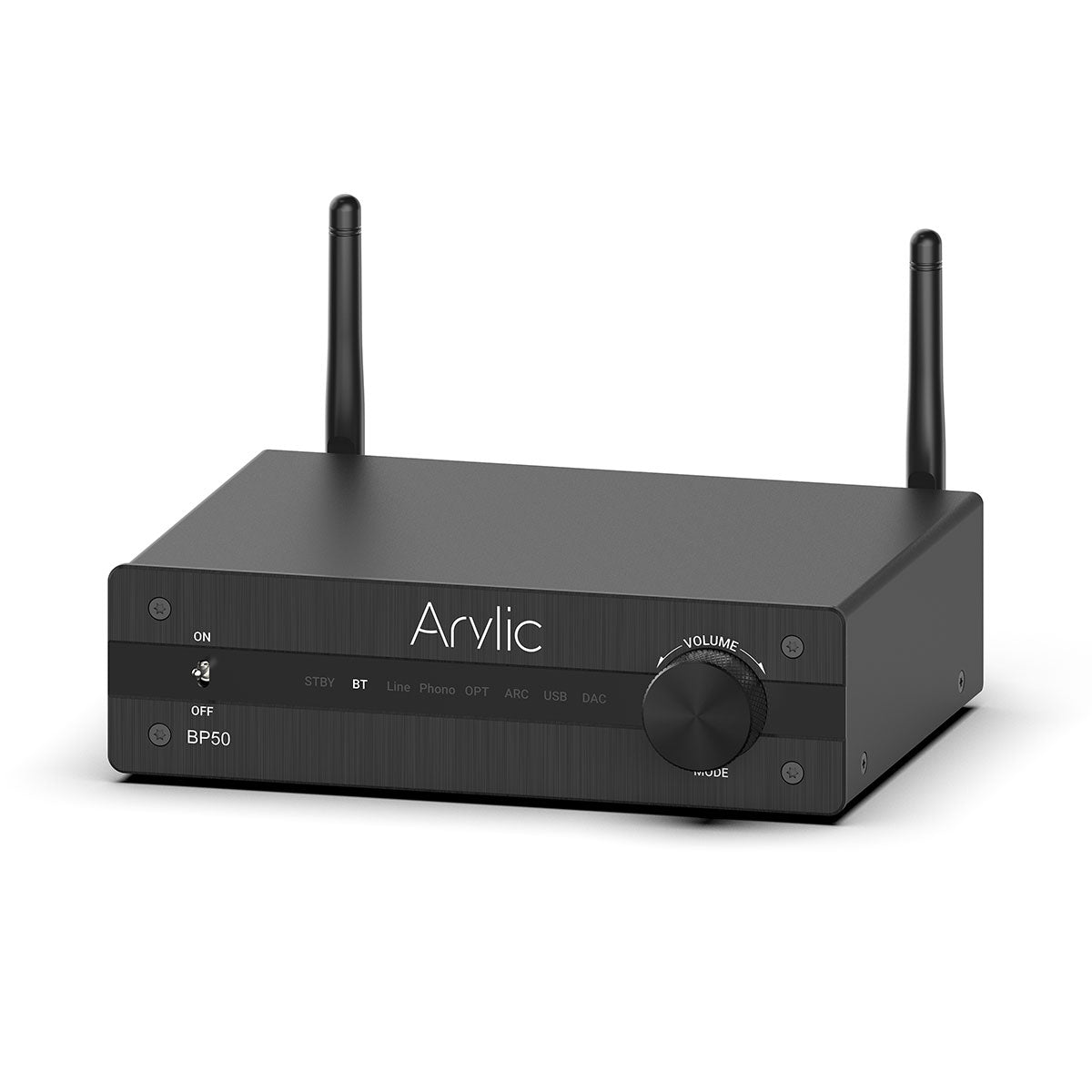
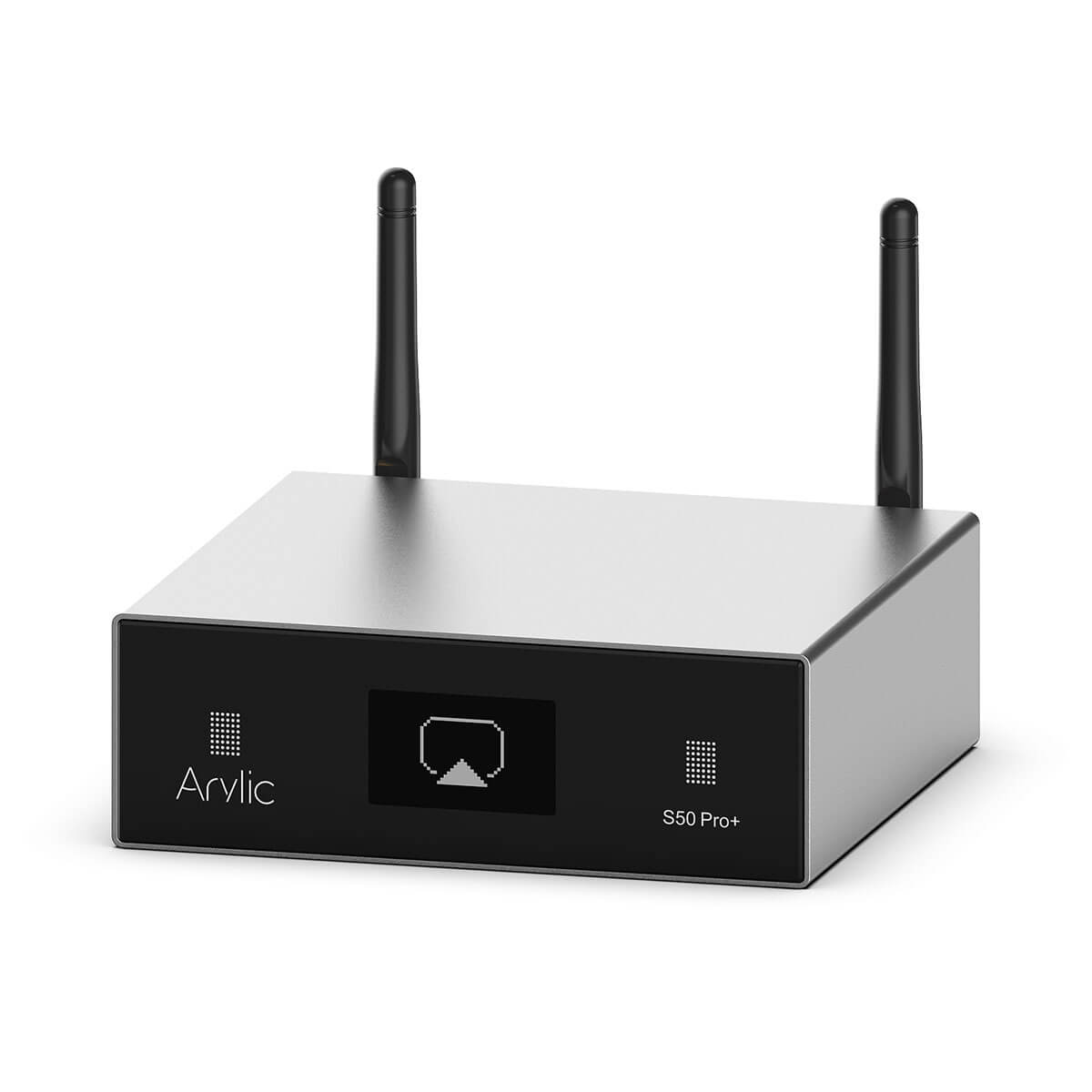
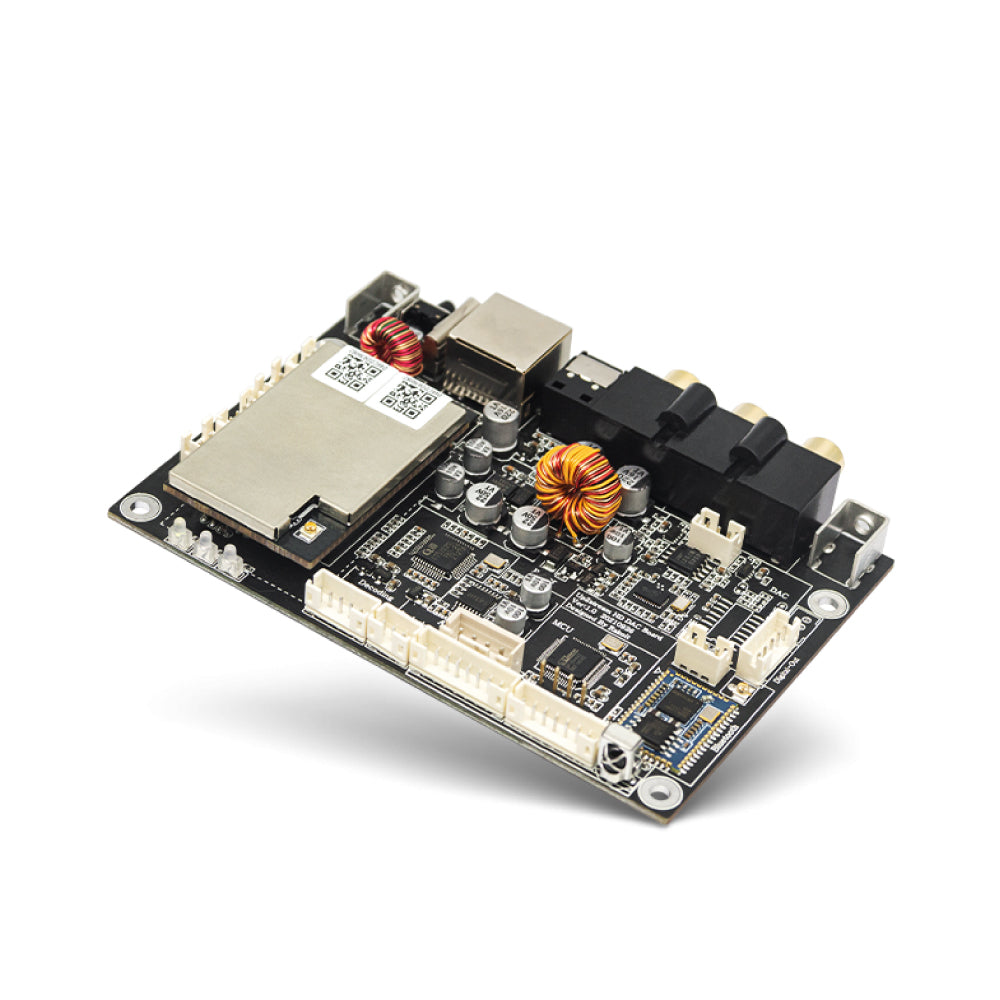
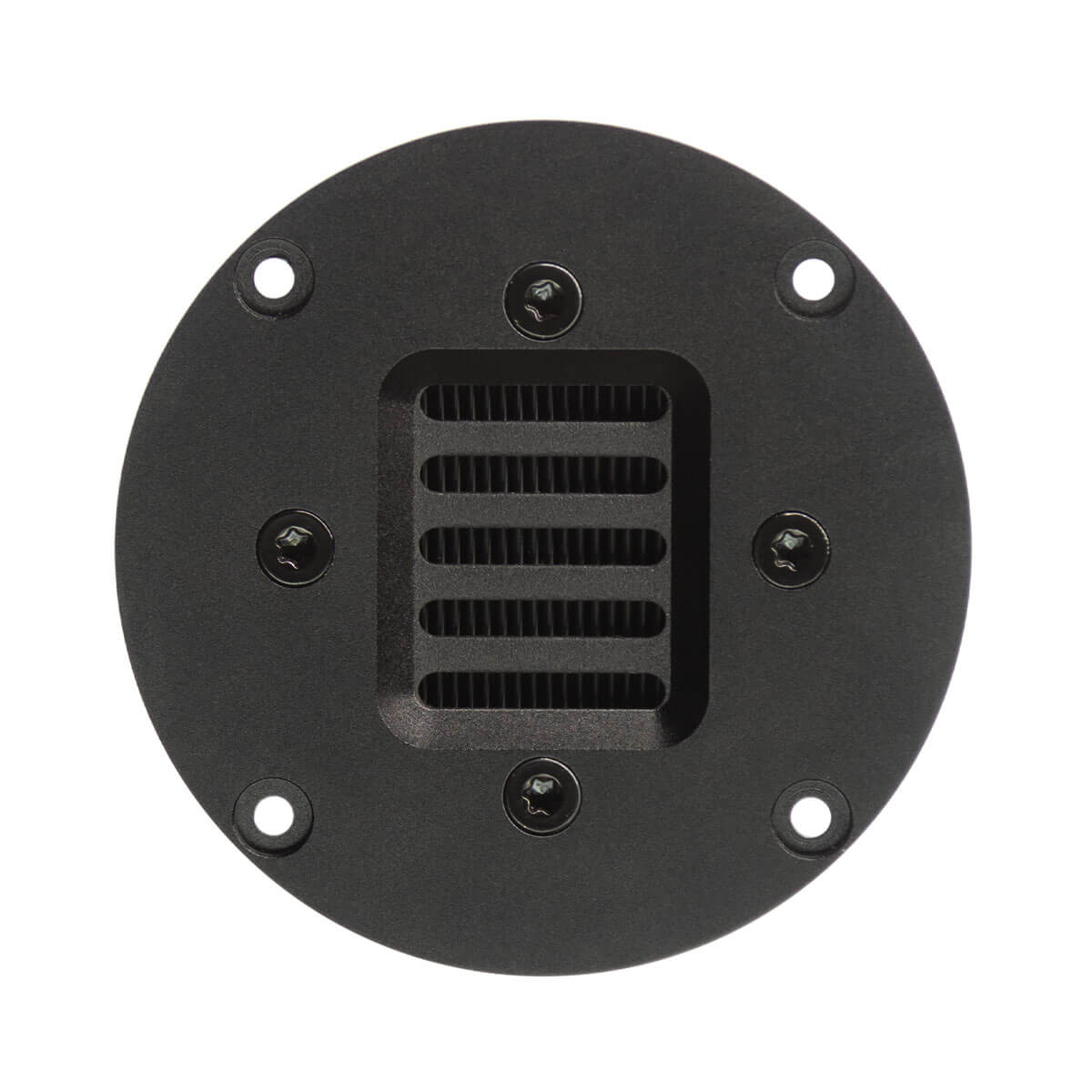

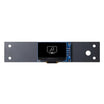
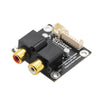
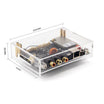
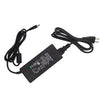
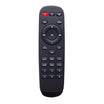


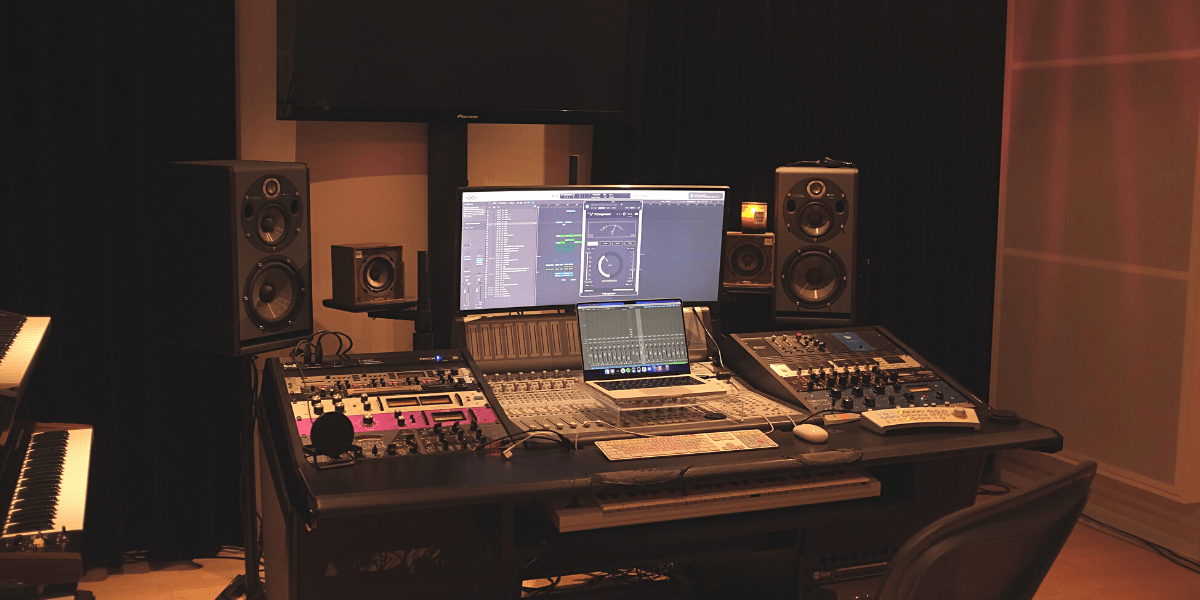
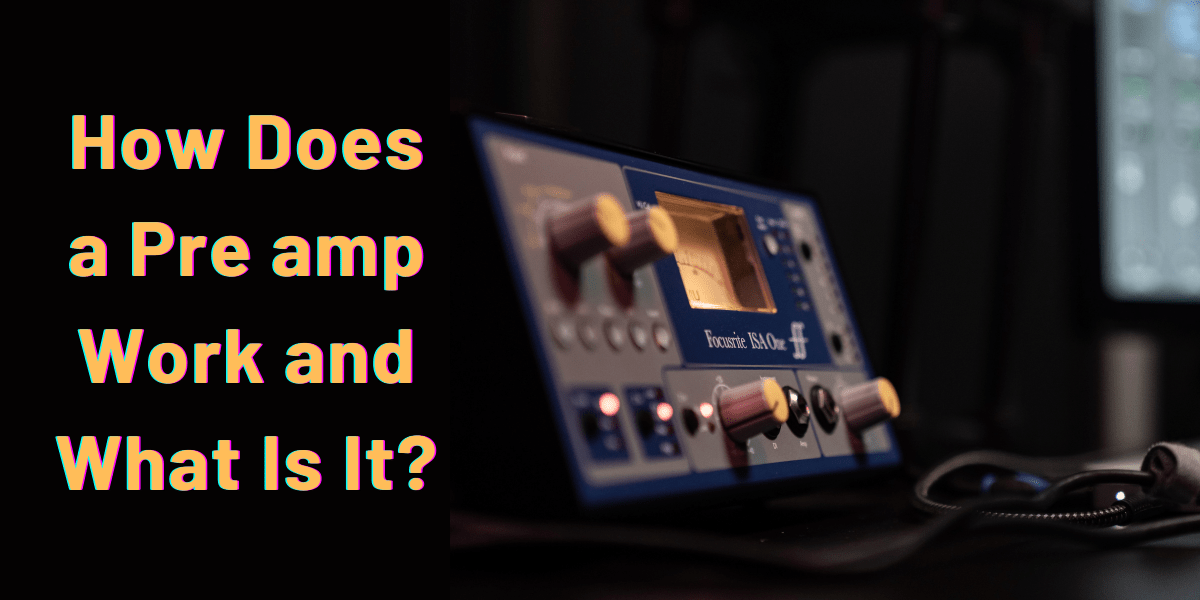
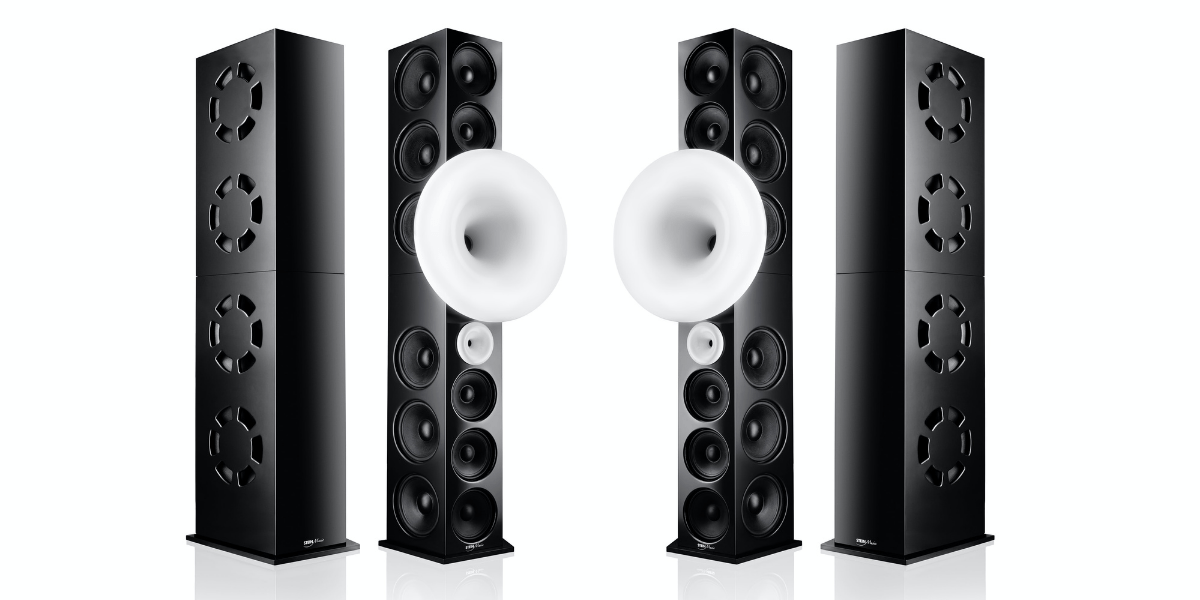
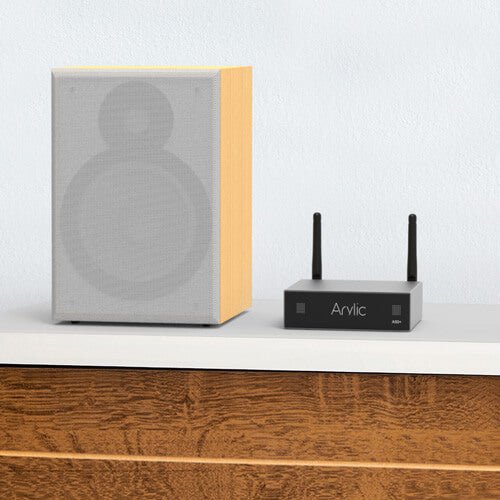
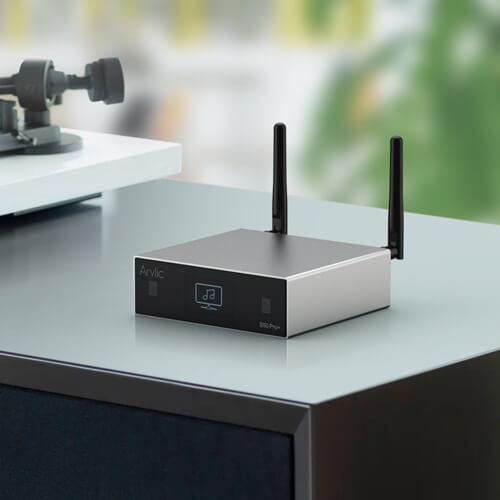
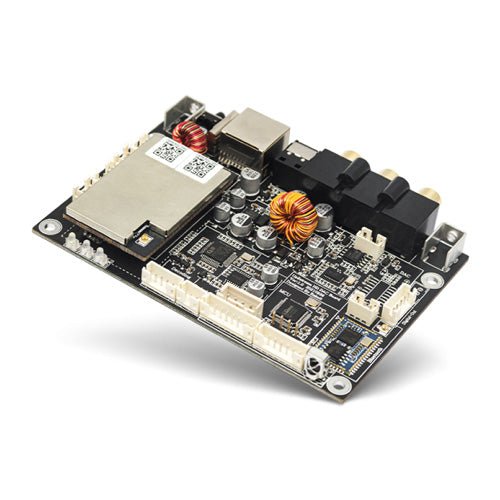















2 comments
Arylic
Thanks for your feedback, we will try our best to improve your reading experience.
John Rambo
THe last sentence in the conclusion, is not clear as a conclusion should be.
Leave a comment
All comments are moderated before being published.
This site is protected by reCAPTCHA and the Google Privacy Policy and Terms of Service apply.